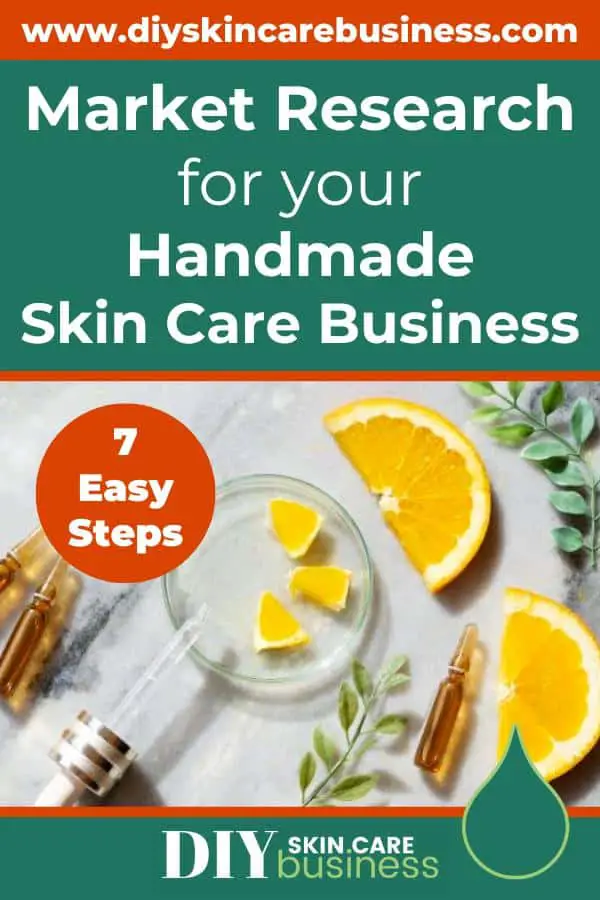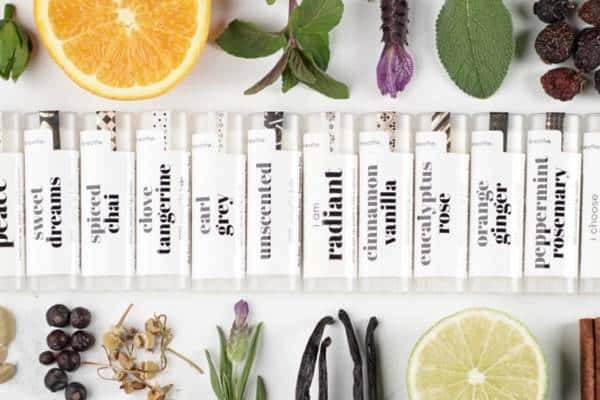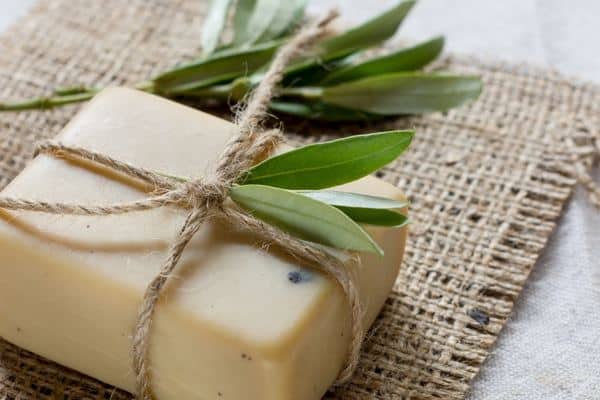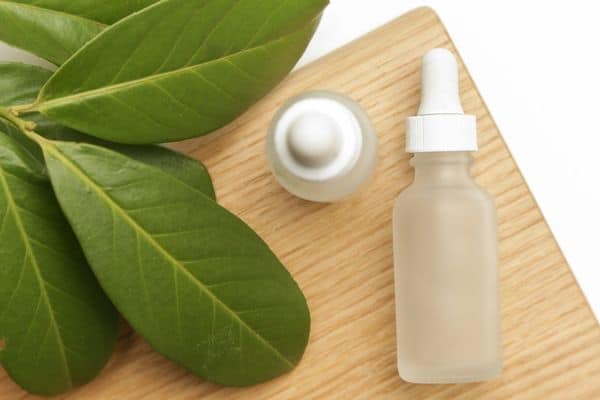Yes, there are handmade skincare businesses that launch their products without completing market research first.
Make *this* product and we’ll see if it sells. Make *that* product and we’ll see if it sells.
While this method can work…eventually…if you’re lucky…it is by no means the fastest or most cost-efficient way to develop a product line that your target market will flock to.
The top beauty and skin care companies spend unbelievable amounts of time and money on market research before production.
As independent sellers, most of us do not have the resources available for that same intensity of product research.
So…how do SMALLER handmade skincare businesses decide which products to sell online…WITHOUT simply throwing spaghetti at the wall?
This article is going to walk you through seven easy steps you can take to ensure you are creating a CONVERTING skin care product line that your target market will come running to.
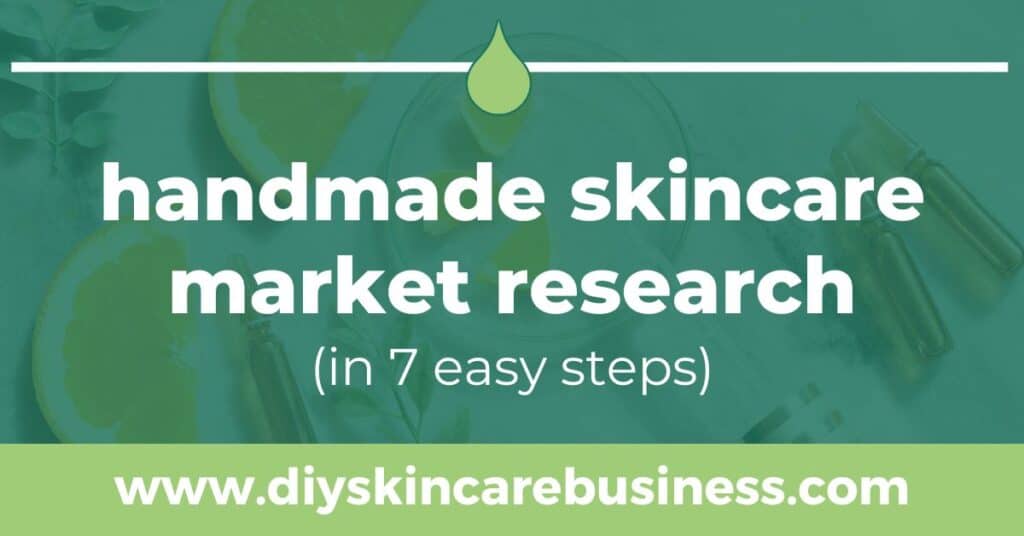
This post may contain affiliate links, meaning I get a commission if you decide to make a purchase through my links (at no cost to you). Please read the disclosure for more information.
7 Easy Steps for Handmade Skincare Market Research
Before dipping our toes into the market research for handmade skincare products, it is absolutely ESSENTIAL that you have identified a specific target market for your business.
There is no way you can begin to choose which products will sell well in your shop without knowing exactly who you will be selling to.
You want to have EVERYTHING about your ideal customer in mind as you compile a possible product list in the steps below:
- Age
- Gender
- Economic Status
- Geographic Location
- Education
- Lifestyle and Hobbies
Once you know your super specific target audience, get out a piece of paper and write it at the very top.
Or even easier yet, get the Market Research Worksheet in a downloadable PDF version here and use it to follow the rest of this post.
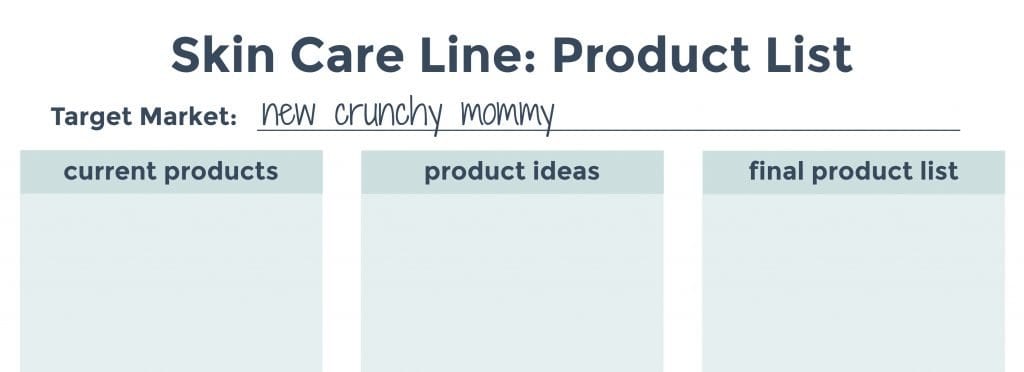
Step 1: List Your Current Products (or Ideas)
Write down every skin care product that you currently make.
If you don’t have a product line yet, write down every idea that you’ve been imagining and dreaming about for your future business.
Be sure to write down every variation of each product. For example, instead of just writing ‘lip balm’, write down every scent of lip balm you create (lavender lime lip balm, orange ginger lip balm, spiced chai lip balm, etc).
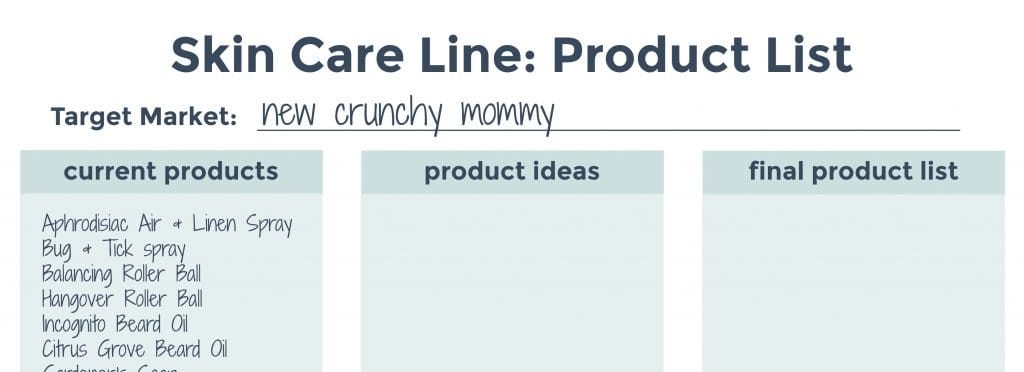
Step 2: Check ‘Target Market Ready’ Products
Put a checkmark next to the products that are 100% ready to go and fit perfectly with your chosen skin care target market.
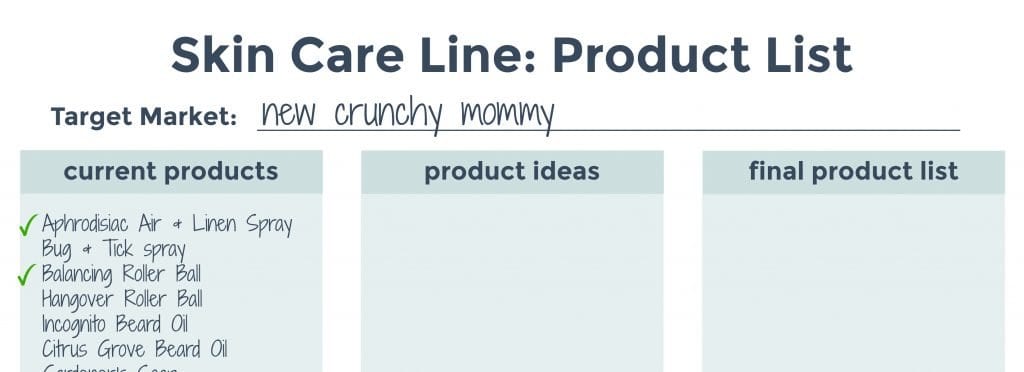
Step 3: Circle ‘Modifiable’ Skincare Products
Take another look at the skincare products you did NOT check in Step 2.
Are there any that would fit with your target market if they were changed a bit (either the ingredients, the name of the product, the way it is used, etc.)?
Based on the needs and wants of your ideal customer, could you…
- Make that organic cuticle salve into a tattoo salve?
- Turn that under-eye salve into a postpartum skin care product?
Circle and take notes on the changes you have in mind!
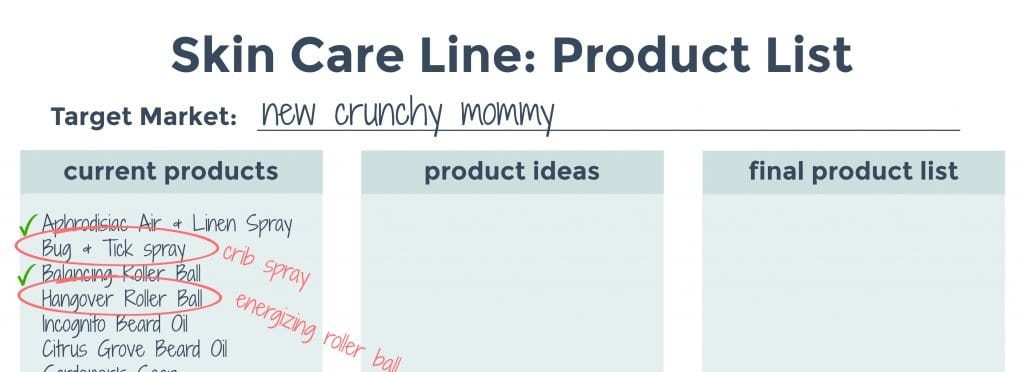
Step 4: Ditch Products That Don’t Serve Your Target Market
Go through your current products/ideas list one last time and completely cross off the items that do NOT fit with your current target market.
I know. This can be hard when you REALLY love a product concept.
Save it for a future product line, or simply make it for yourself!
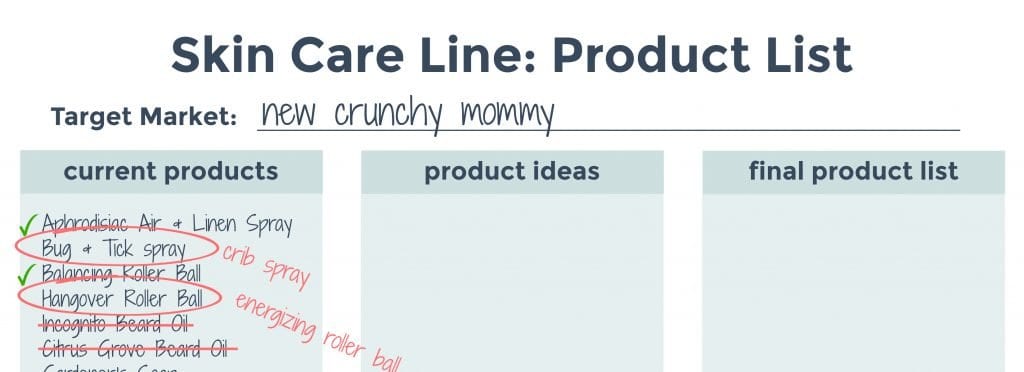
Step 5: Research New Skincare Product Ideas
After completing the first four steps, you may find that you want to add more products to make your skincare line feel ‘full’.
(Keep in mind that you don’t need hundreds of listings. You can keep a very small product list but still appear to have a larger inventory by creating bundles and gift sets. Sometimes less is more!)
If you want to add more types of products, the three basic market research tools that we’ll cover next work well and are super easy to use.
Using Etsy for Market Research
Even if you don’t intend to sell on Etsy, this platform makes it easy to see what products are trending and popular.
Go to Etsy.com.
In the search bar, type in a broad keyword/product category based on your target market.
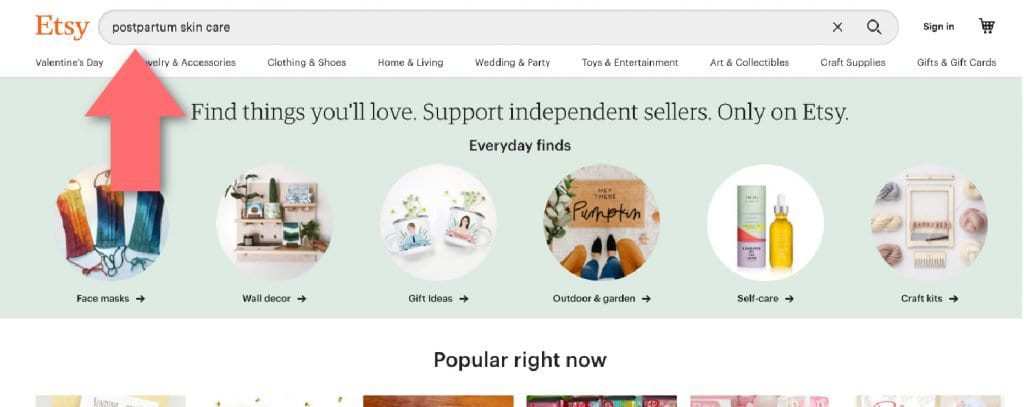
This will populate products from many different shops that fall under that keyword/category.
Find a product that you are interested in making yourself that has 5 black stars and more than 500 reviews.
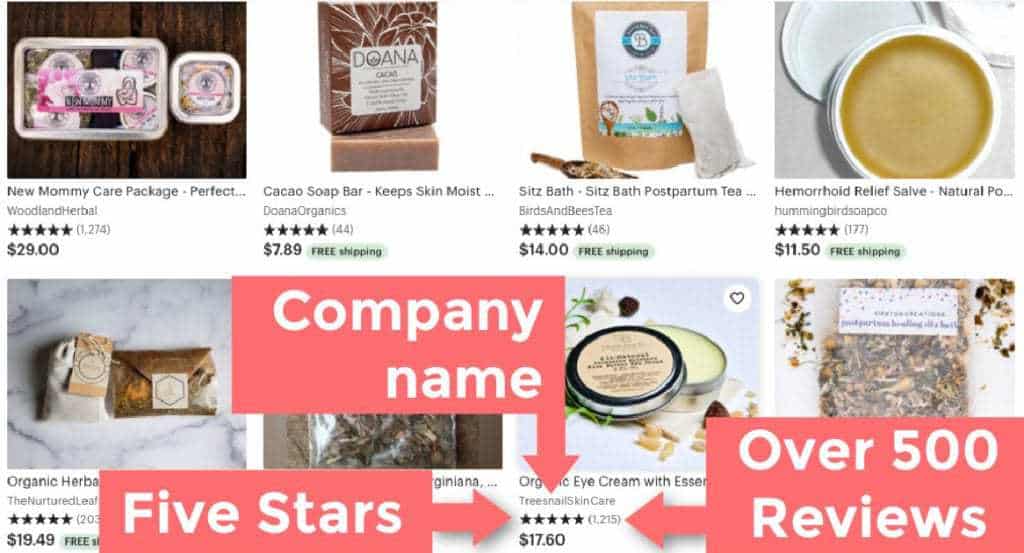
Click on the shop name.
(Sometimes that brings you to that specific product and not the entire storefront for that seller. Simply click on the shop name again until you see all of their products at once.)
Look for items that have red text underneath that says, “Over ‘x’ people have this in their cart” – this should be a red flag about which products could potentially be a slam dunk for your own line.
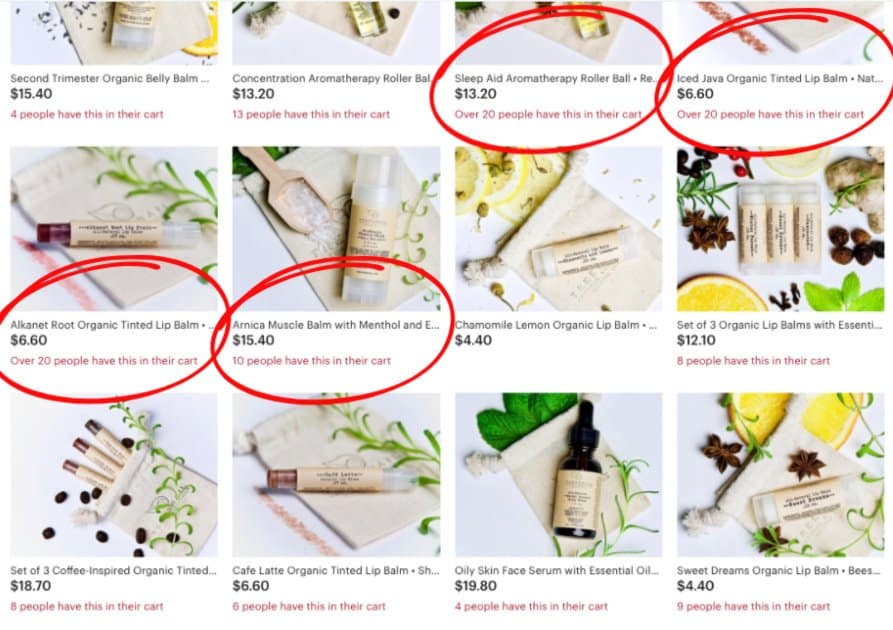
Write down any product ideas on your paper to keep in mind.
Note that we are getting inspiration from other stores – you will need to come up with your own formulations, product names, and descriptions. This is just good ole market research!
Rinse and repeat until you have a list of new skin care product ideas that are relevant to your target market.
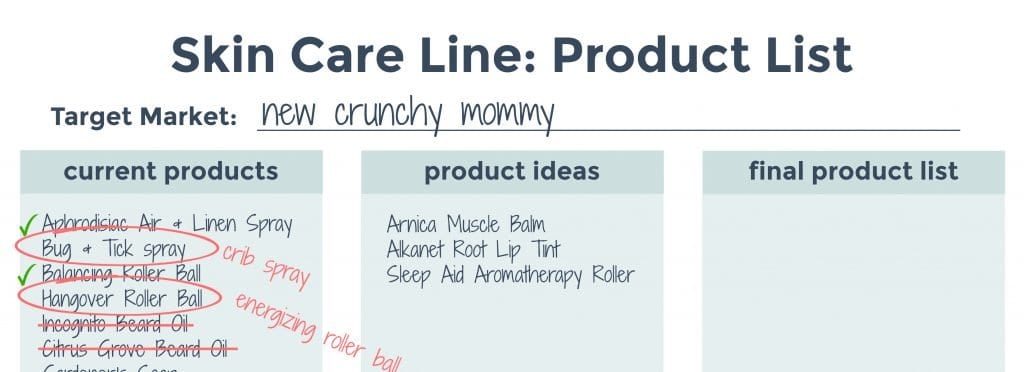
Using Google for Market Research
Go to Google.com.
In the search bar, type in the same phrase that you did in the Etsy Market Research tutorial above.

Click on the ‘Images’ tab and scroll through to see if it generates any ideas for you.
The images will be sprinkled with Pinterest and blog posts, but it can get ideas rolling.
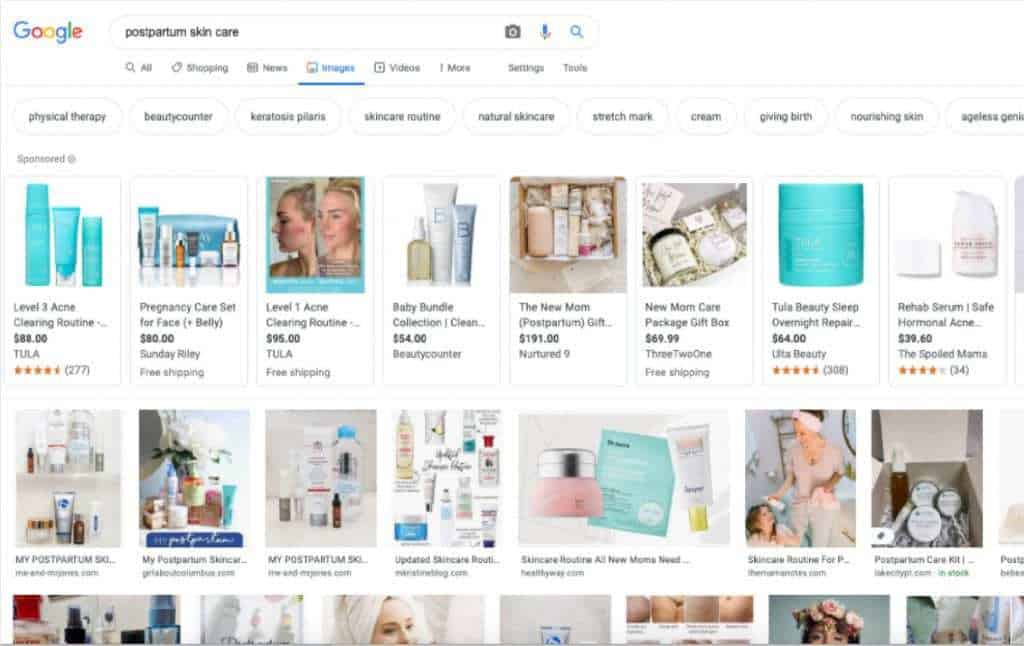
Go back to the general search (click the ‘all’ tab at the top of the page).
Scroll down to the very bottom of the screen.
You will see a section that says, “Searches related to…”
These are all of the TOP searched phrases that have to do with the keyword you put in the search bar above (read: SLAM DUNK).
These terms should give you a FLOOD of new ideas for skin care products and gift sets that your target market would love to see in your online shop.
Write any appealing ideas down on your skin care product list.
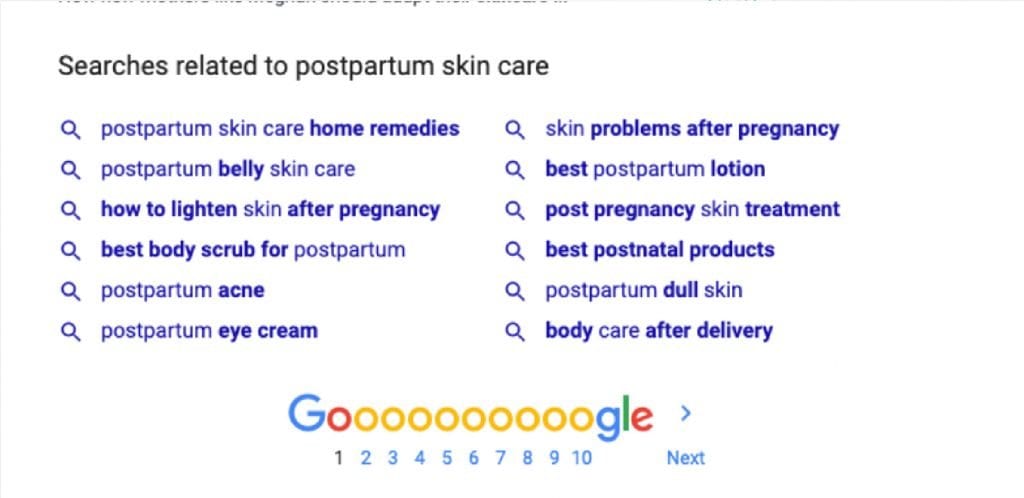
Step 6: Validate Product Ideas with Google Trends
The last tool we’ll explore in our basic market research for your handmade skincare business is Google Trends.
This site lets you see what terms are being searched for the most on Google.
Make sure you have your target market’s demographic information and your product idea list for this exercise.
Go to trends.google.com.
Type in one of the main product category ideas on your list.
For our example purposes, we’ll be using the keyword ‘face serum’.

When you hit enter, your search term will appear in the top left, as well as FOUR important drop-down menus beneath it.
Make sure the first drop-down is toggled to your target market’s geographic location.
The timeframe drop-down should be toggled to ‘Past 5 Years‘.
The last two should be set to ‘All Categories‘ and ‘Web Search‘.
As you can see in the image below, the resulting line graph shows that face serum has been trending UP over the last five years in the United States, with New York being the most interested subregion.
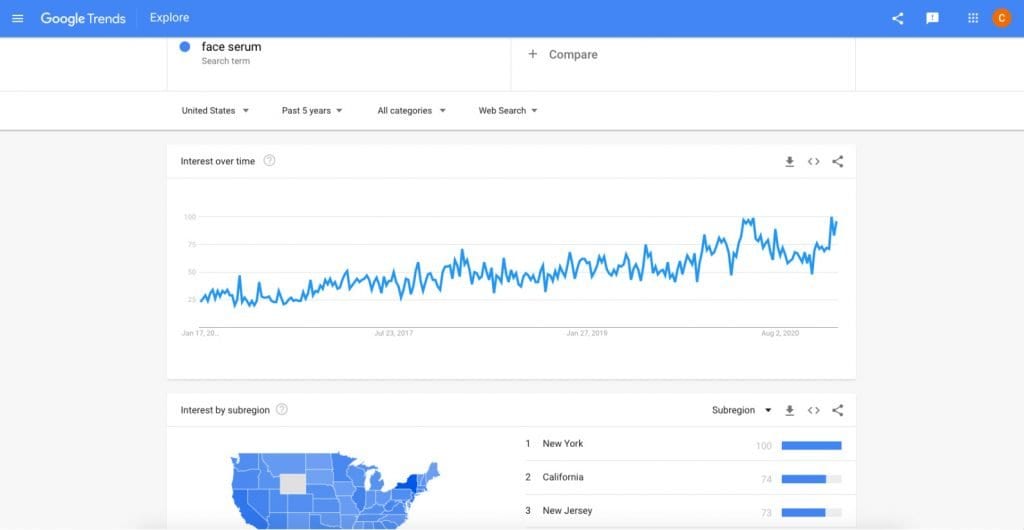
Do this same type of search for all of the skin care product ideas on your list.
The goal is to find products that are either staying CONSISTENT or TRENDING UP.
An amazing research tool, right??
You can also use Google Trends to compare different products on your list if you need to narrow them down:
On the tab (to the right of your first keyword) that says ‘Compare’, type in another product idea.
For our example purposes, we’ll be comparing face serum to lip balm.
This will give you two line graphs simultaneously (keep scrolling for visual).
As you can see in the chart below, more people search for the phrase ‘lip balm’ than they do ‘face serum’.
You can also see that lip balm is a very seasonal item: the peaks that I have circled in pink are ALL the month of December (this tells us that this could be a great time to promote your lip balms or launch a new scent).
Side note: Notice how ‘flat’ the face serum line graph looks in this screenshot compared to the first one by itself. It is very important to do these searches individually to get the full picture.

Step 7: Finalize Your Skincare Product List
Have a list of ALL products you would like to create from steps 1-6 above.
Look at each product and ask yourself (based on research):
1. Is this product something that your target market needs or wants?
If you already have an online following or other accessible audience, ASK THEM! Polls are incredibly popular (and one of our top tips for boosting your visibility on social media)!
2. Do you have a good balance of evergreen items vs. trend items?
Evergreen means ‘always relevant’ and generally won’t change over time.
Trends are fun and very share-worthy on social, which is an interesting marketing strategy and keeps you up-to-date since they change quickly.
But BEWARE of hinging your entire brand on one trend. Could your business still stand and profit when trends change?
3. Do your chosen products make sense from a business standpoint?
We’re talking about things like:
- profit margin (see the pricing for profit guide here)
- the amount of time the product(s) take to make
- the products’ shelf life
If your product checks all of these boxes, add it to the last column on the worksheet, ‘final product list’.

AND THAT’S IT!
CONGRATULATIONS on taking the time to build a CONVERTING product list by conducting market research for your handmade skincare business that will speak DIRECTLY to your target market.
Are you a maker that is ready to connect with other handmade business owners? Be sure to join us over in our private Facebook Group, DIY Skin Care Biz Community!
Grow Your Skin Care Business!
Browse through the resources below to boost your handmade business visibility and profitability!
